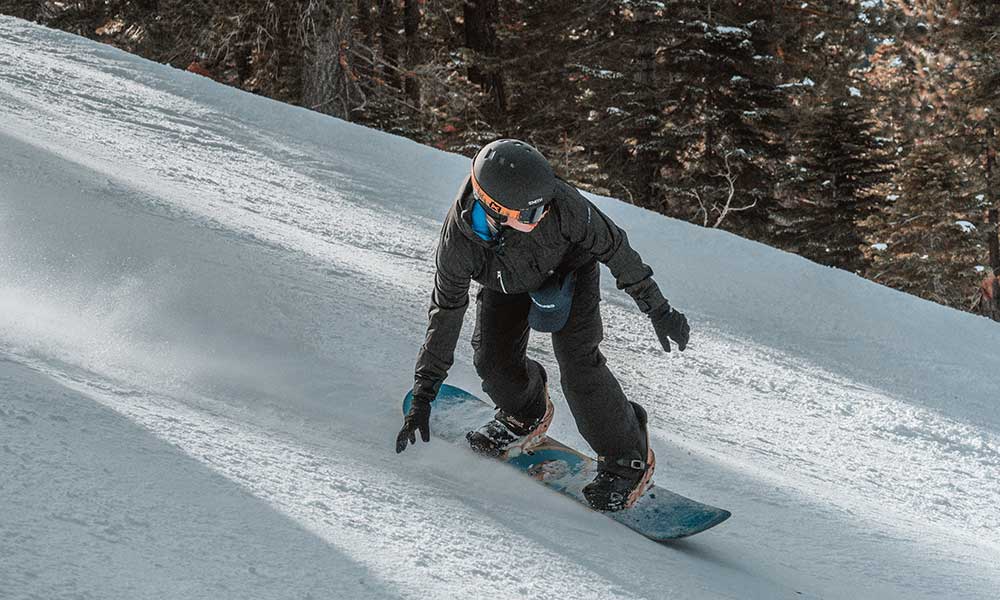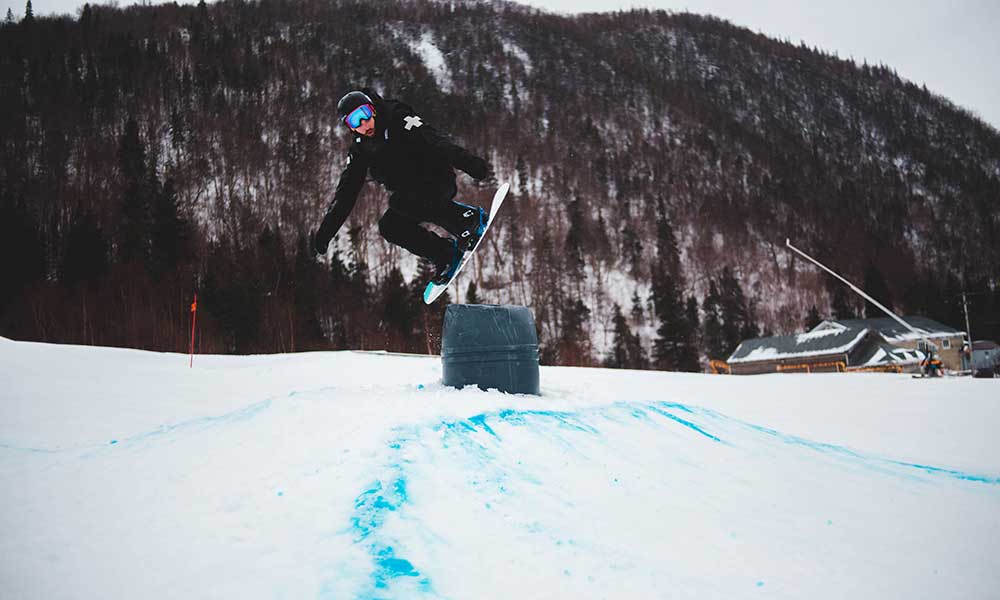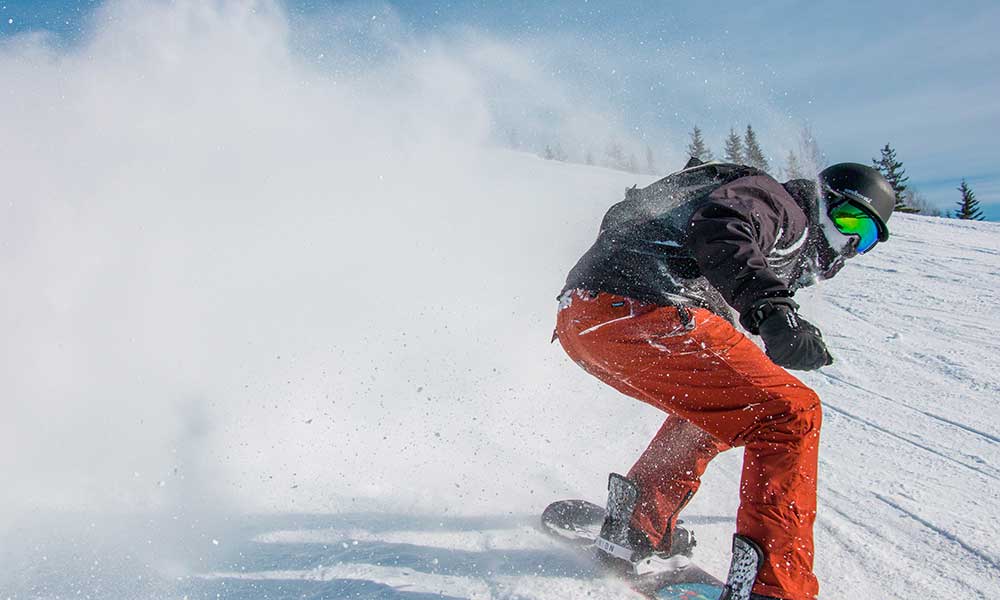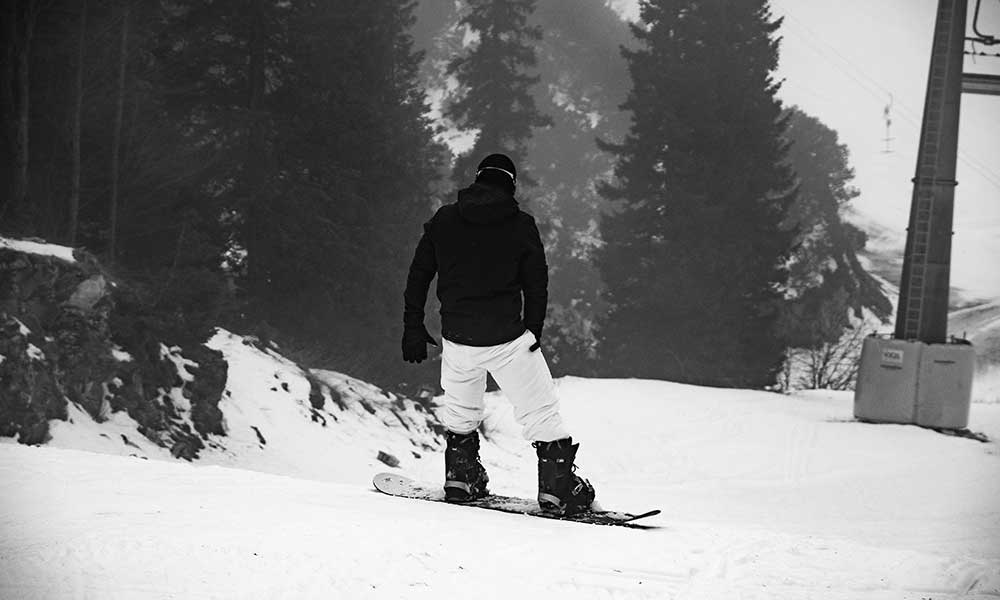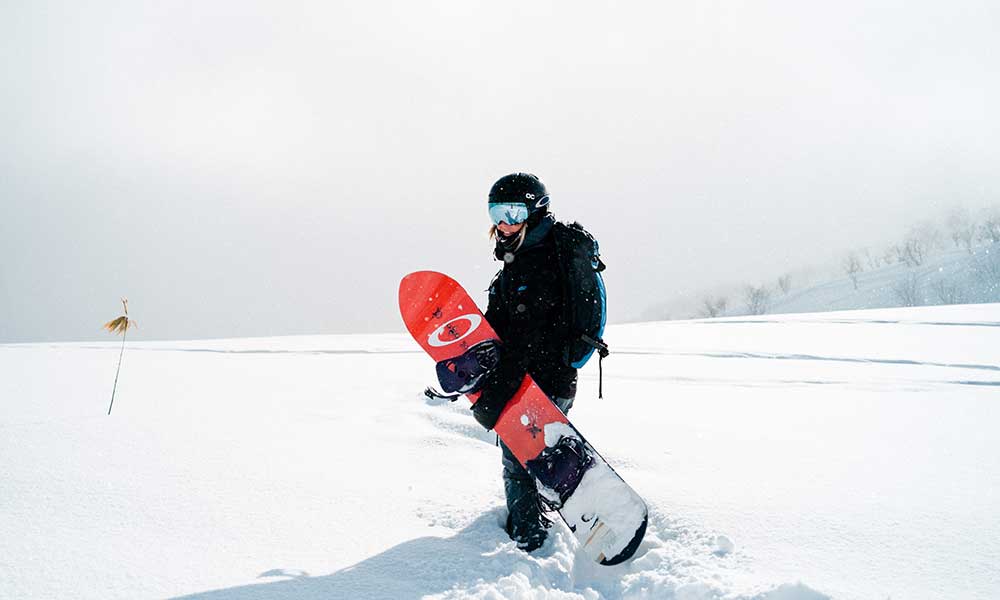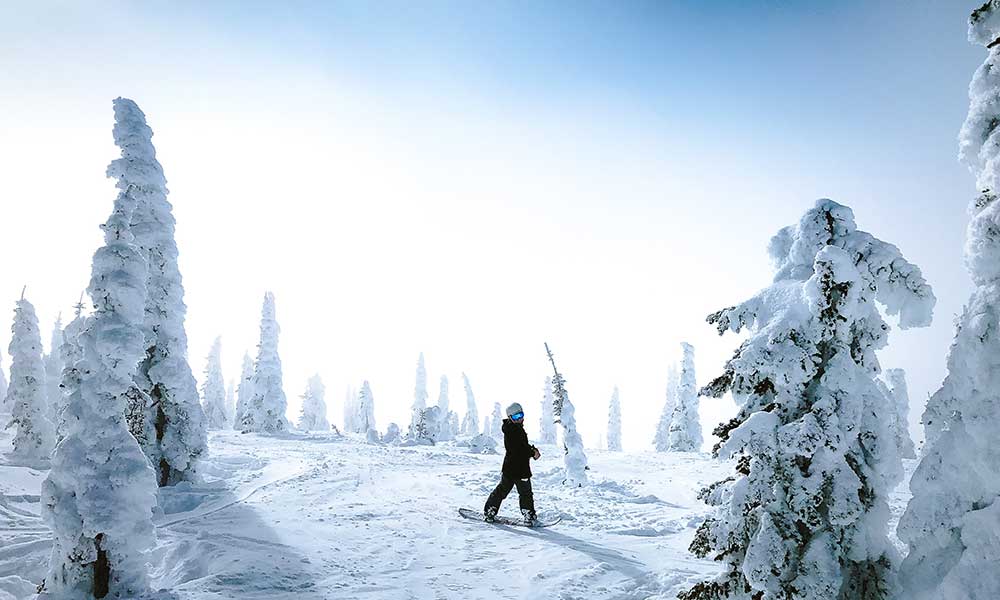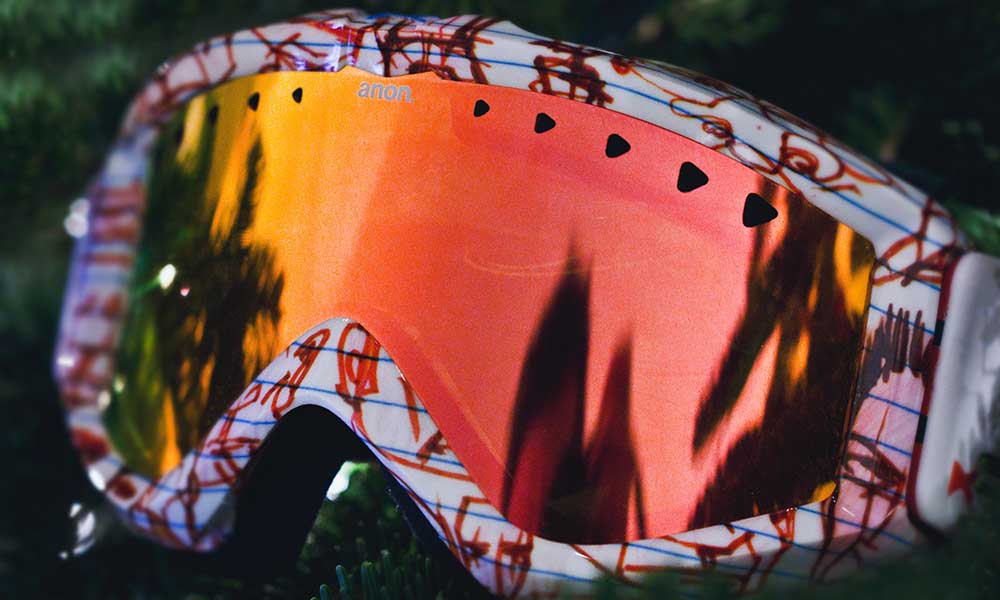Snowboards are designed for speed and maneuverability.
They are made to glide over and through the snow, allowing the rider to get big air, perform tricks, and race at speed.
But the exact shape of the snowboard can differ, and these slight differences will impact how the snowboard feels and performs.
What are the Different Snowboard Shapes?
There are four main types of snowboard shape.
These shapes describe the width in the middle of the snowboard, as well as the width and shape in the tip and tail.
True Twin Shape
The true twin is a completely symmetrical shape, which means that if you bisect the snowboard both ends will be identical.
The nose and tail are the same length and width and the bindings are pushed toward the center.
True twins have the same flex in the nose and tail and they are best-suited for freestyle riders as the snowboard feels the same when riding switch and riding normally.
Asymmetrical Twin Shape
The asymmetrical twin is similar to the true twin, but it’s not symmetrical.
Asymmetrical twin snowboard shapes vary with regard to where the asymmetry occurs.
It can refer to the sidecut, flex, or contact points.
Directional Shape
The purpose of the directional shape snowboard is to provide optimum speed and performance when going in a single direction.
There is no exact definition of a directional surfboard, but it usually means that the nose is longer than the tail and may also be a different shape entirely.
The camber profile is also directional and the flex differs, as well.
Directional shaped snowboards are best for freeriding and all-mountain riding, as most of the ride is focused on a single direction and that’s when this shape works best.
Directional Twin Shape
The directional twin looks a lot like the true twin, but there are some slight differences and the focus is more on being directional.
The directional twin has more of a setback stance than the true twin and the nose is also a little longer than the tail.
The “twin” is a reference to the contact points, which has a degree of symmetry, but beyond these points, it becomes more of a directional snowboard.
Some directional twin snowboard shapes are developed for all-mountain riding and others are more suited to freestyle.
Tapered Directional Shape
The tapered directional shape is a lot like the directional one, but there are many differences between the nose and the tail, including the width, shape, and flex.
The stance of these snowboards is set back and they are best for freeriding.
What’s the Best Snowboard Shape?
It really depends on what type of rider you are.
As noted above, the different snowboard shapes are more about snowboarding styles as opposed to preference, skill, or quality.
What Snowboard Shape is the Best for Beginners?
The true twin is probably the best option for a beginner as it may be easier to set and maintain your balance.

